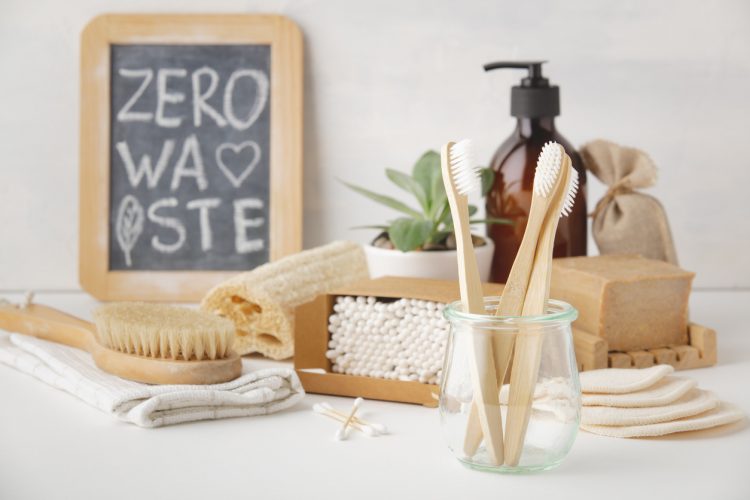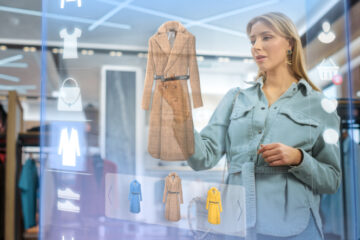Six Ways for Retailers to Green Up Their Act Now

Sustainability is now recognized as a vital topic in retail, particularly in the fashion sector, but much of it focuses on sourcing, resource use, labor, and supply chain. As a retailer, what can you do to increase sustainability in your stores, and what technologies will make it easier to adapt?
Energy and water efficiency. If you haven’t outfitted your stores with efficiency technology already, it’s a really good place to start. For most stores, the daily usage and utilities cost of lighting, climate controls, and water is generally predictable, as is the percentage by which efficiency technologies are proven to lower consumption. This makes it easier to calculate the corresponding energy and cost savings over time, so that calculating the ROI is pretty straightforward. Most technologies have ROIs of a few years at most.
Sustainable hangers. Perhaps one of the most substantial changes you can make is to simply swap out the one thing nearly every clothing retailer has in common: hangers. Every year, billions of hangers are thrown away. Switching to recycled ocean plastic hangers is certainly a big improvement, but retailers also have organic grass, birch, wheat straw or bamboo options which are proving to be comparably durable and increasingly affordable options. Like many sustainable solutions, retailers may be worried about the impact on their profitability without much return. However, as sustainability becomes part of our social capital and regulations become more stringent, this will be an easy way for retailers to reduce plastic waste now and avoid the penalties that will likely apply in the near future.
Sustainable packaging. There are so many more options for sustainable packaging than there was even ten years ago. IKEA, for example, has recently switched to compostable mushroom packaging instead of styrofoam. From compostable boxes, labels and adhesives to zero-waste dispensers, retailers have a really wide range of options for just about every storage or packaging need a retailer (or restaurant!) may have.
Secondhand retail. Some may classify this as end-of-life management, but the idea is to encourage recycling and refurbishment with buyback schemes and certified reselling. Secondhand markets like Rebag.com are and fashion rental concepts like Rent the Runway are gaining loyal followers and offer retailers alternative opportunities for revenue. Burberry, for example, no longer burns unsold items, opting instead to redirect them reuse, repair, donation or recycling. These new business models support the circular economy business model and they also provide an outlet for returned items and overstock.
Digital check-out. Curbing paper waste may be as simple as having an app where cash receipts are digitally stored and sent directly a customer’s smartphone. Customers buying big-ticket items like a sofa or a computer may find it significantly easier to have the receipts, guarantees, and manuals centrally located and digitally accessible.
Sustainable RFID inlays. RFID can be used to support a more sustainable supply chain by monitoring inventory movements from source-to-sale, and using that real-time information to reduce waste, emissions, and energy use throughout the supply chain. However, the RFID tags themselves can also be more sustainable. For example, this year Checkpoint Systems launched new RFID inlays now have 40 percent smaller chips and they are made from 70 percent recycled materials.
To make retail more sustainable on a larger scale will require retailers to make better use of existing technologies, adopt new business models, gain control of supply chain operations, and integrate with new technologies. Those who already have a cloud-based retail solution will be able to save time and money as they innovate and adapt their business to be more sustainable.
To learn more about why a cloud-based technology platform for retailers can make it easier to innovate, visit Openbravo’s web page for Innovation Services.




No Comment